10 Different type of rolling stock/trains using in Canadian cities
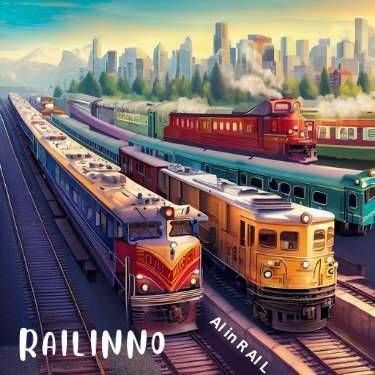
All Aboard! A Comparison of the Diverse Trains and Rolling Stock Used Across Canadian Cities
Let’s take a look at different type of rolling stock/trains using in Canadian cities. As cities in Canada continue to expand rapidly, there has been an indisputable need for an efficient and reliable mode of transportation. From subway systems to buses, various forms of commuter vehicles have been adopted in different regions to cater to the needs of different populations.
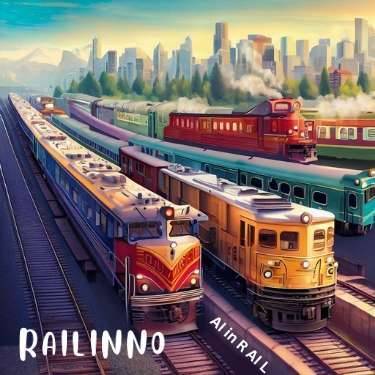
However, there is one mode of public transit that has been a topic of discussion in several Canadian cities—tramways. The use of tramways as a commuting option in urban areas has been on the rise in recent times, with more cities investing in this transportation mode to ease congestion and promote sustainable travel options.
Tramways, also known as streetcars in some parts of North America, are vehicles that run on tracks on urban streets, usually powered by electricity from overhead lines. Although initially popular in the early 1900s, the use of tramways started to decline in the mid-to-late 1900s as cities turned towards buses and cars as more convenient options.
However, with the advent of newer technologies and calls for more eco-friendly modes of transportation, the use of tramways has been seeing a resurgence and is expected to continue gaining momentum in the coming years.

The rush hour on the metro line is an interesting place to observe a diverse cross-section of people with distinct personalities, agendas and destinations. Some people just want to get from point A to point B in the least amount of time possible.
They claw their way through the crowds with determined eyes, clutching their briefcases, backpacks, and coffee mugs as if they are warrior artifacts. Then there are those who want to enjoy the journey as much as the destination.
They stroll leisurely, reading books or checking their phones, never in a hurry, and seemingly unperturbed by the crowds. And of course, there are the school kids, the elderly, and the tourists, all adding to the cacophony with their own quirks and habits.
But have you ever wondered about the vehicles that transport these diverse masses? How do they differ from city to city? Why do some cities use older trains while others invest in newer, high-tech models?The truth is, Canadian cities have a diverse array of trains and rolling stocks, each with its own peculiarities and advantages. Toronto, for instance, has been using the TTC Rocket subway trains since 1998.
These sleek, zippy trains are designed for optimal speed and efficiency, with a maximum speed of 88 kilometers per hour. Montreal, on the other hand, uses the MP-73 train, which has been in use since 1976, but has undergone many upgrades since then.
Its iconic orange and white livery and distinctive kamikaze lights make it a beloved fixture on the Montreal metro. Then, there is Vancouver’s SkyTrain, which is not technically a train but an automated rapid transit system.
It uses linear induction motors to propel the trains, which have no drivers, and can run on elevated or underground tracks. The SkyTrain has won numerous accolades for its punctuality, safety and efficiency.
The diversity of trains and rolling stock in Canadian cities also reflects the unique challenges and priorities of each city. In Toronto, for instance, overcrowding during rush hour is a major challenge, which is why the TTC has been investing in newer trains with increased capacity.
Meanwhile, Vancouver prioritizes sustainability, which is why the SkyTrain uses regenerative braking, which returns energy back to the power grid. Montreal, on the other hand, has been investing in refurbishing its existing trains rather than buying new ones, in an effort to save costs.
In conclusion, the trains and rolling stock used across Canadian cities may seem like a mundane detail, but they are a crucial part of urban life. They reflect the unique personality and priorities of each city, and are a testament to the ingenuity and innovation of Canadian engineers and designers.
So next time you board a metro train, take a moment to appreciate the remarkable machinery that enables you to get from point A to point B, and all the diversity in between.
10 Different type of rolling stock/trains using in Canadian cities
Table of Contents
1. Introduction
Canada has an extensive network of trains and rolling stock that transport millions of commuters daily. Some cities use metros and lines to move citizens through their downtown areas, while others offer a more diverse range of transportation options, including high-speed trains and vintage streetcars.
This in-depth comparison compares the different rails and transit systems used in several Canadian cities, highlighting each system’s unique features and benefits. We explore everything from modern and sophisticated metros in Montreal and Toronto to charming heritage trains in Quebec City.
We also look at cutting-edge technology being developed to improve these rail systems, including intelligent control systems and high-speed trains. Whether you’re a train enthusiast or are simply curious about Canada’s transportation system, join us on this thrilling journey into the world of metros and lines.
Experience the meeting point of innovation and heritage that makes Canada’s system unlike any other.
2. Via Rail
Railway transportation has a romantic quality to it. It brings nostalgia for a simpler time and more adventurous travel.
Images of steam engines billowing smoke and hissing in the night as they rattle along tracks come to mind. Can this old-fashioned charm be modernized? Canada’s national railway, Via Rail thinks so.
It connects over 400 communities in Canada, showcasing breathtaking scenery from grasslands, prairies, and mountains. The company’s fleet of trains is modern and sleek, a far cry from aging stocks.
Via Rail is also focused on reducing its carbon footprint and increasing sustainability. The mode of transportation may be centuries old, but Via Rail’s commitment to innovation keeps it alive and kicking in Canada.
3. GO Transit
Canadians, are proud of their nation’s diverse and expansive terrain, which includes plains and mountains alike. Train travel is a fantastic way to explore our beautiful country. A division of Metrolinx, GO Transit is the regional public transit service for the Greater Toronto and Hamilton Area.
GO Transit, in particular, has been instrumental in connecting the urban areas of Ontario, allowing passengers and tourists to move from one destination to another. However, GO Transit’s operations and equipment vary by region.
In the Greater Toronto and Hamilton Area, the system operates passenger trains, while bus services are available in various Ontario towns, cities, and municipalities. A rail service between Toronto and Niagara Falls is also available.
There are many Rolling Stock types, such as diesel multiple units, which are self-propelled coaches powered by onboard diesel engines. These coaches can operate alone or in conjunction with other units, providing varying travel capacities.
Trains are becoming more advanced, and they offer a comfortable, cost-effective, and sustainable mode of transportation. Even so, the experience of train travel is still primal and exciting – the clanking of the tracks, the swaying of the carriages, and the changing landscapes.
The future of Rolling Stock in GO Transit is bright for Canadian train enthusiasts. Different type of rolling stock are using now in GO Transit.
4. Amtrak
Amtrak is the main passenger rail travel provider in the United States. In comparison, Canadian cities have modern light railway transit for urban transportation.
These systems provide a fast, efficient, and reliable means of commuting. However, a lack of government investment in their upkeep and expansion has led to concerns about their safety and reliability.
Despite these issues, Canadian railway systems remain crucial for millions of people. From the sleek and modern SkyTrain to the historic Canadian Pacific Railway, each system has its unique allure.
The Rocky Mountaineer, a luxury tourist train through the Canadian Rockies, is a remarkable journey. Amtrak still plays a significant role in North American rail travel, despite its struggles with funding and infrastructure.
It serves thousands of people daily and may become more involved in developing light railway transit systems in the future. Both Amtrak and Canadian rail share the goal of providing efficient and reliable transportation.
As technology and society evolve, so will transportation systems. While no one knows what the future holds, for now, all aboard!
Maple leaf trains
This everyday train pass through below stations. It is 12 hours 30 minutes Daily Departure
- Toronto
- Niagara Falls
- Syracuse
- Albany
- New York
Go international onboard the Maple Leaf train from New York City to Canada’s equally urban metropolis, Toronto. Along the way, you’ll travel through the beautiful Hudson River Valley, New York’s wine country, and the incredible gorges of the Finger Lakes region near the dramatic spectacle of Niagara Falls, where the Maple Leaf crosses the US/Canadian border.
5. Rocky Mountaineer
The Rocky Mountaineer is a luxurious train that takes passengers on a scenic journey through the Canadian Rockies. With glass-domed carriages, fine dining, and breathtaking views, it offers a variety of packages to suit different preferences.
The popular First Passage to the West package takes travelers from Vancouver through Kamloops, Banff, and Jasper, retracing a train route that linked British Columbia to the rest of Canada more than 100 years ago. Unlike the bustling city trams found in places like Toronto and Montreal, the Rocky Mountaineer offers a completely different mode of travel.
It’s more about the destination than the journey, in contrast to trams, which have been an integral part of urban transportation in Canada for over a century. Trams are a symbol of the cities they serve, often adorned with colorful advertisements and a familiar sight in many Canadian cities.
Whether taking a leisurely ride on the Rocky Mountaineer or a fast-paced trip on a bustling tramway, there’s no denying the diversity of trains and rolling stock used across Canada.
6. Toronto streetcar
The Toronto streetcar system, operated by the Toronto Transit Commission (TTC), is one of the largest and busiest streetcar systems in North America. The system consists of 11 routes, covering over 90 kilometers of track and serving over 70 million riders annually.
Toronto Transit Commission. (2021). Streetcars. Retrieved from
The streetcars are powered by overhead electrical wires and are typically operated in mixed traffic, sharing the road with cars and other vehicles. The system operates using a combination of old and new streetcars, with the older models being gradually replaced by new low-floor streetcars that are more accessible for people with disabilities.
The TTC has faced some challenges in recent years, including issues with aging infrastructure and reliability problems with the older streetcars. However, the TTC has invested in upgrades to the system, including new track and new vehicles, to improve service for riders.
The Toronto streetcar is an iconic and beloved form of public transportation in Canada, with its red and white design and old-school charm. It has been a fixture in Toronto for over a century, undergoing changes and updates over time to meet the evolving needs of the city and its residents.
Originally powered by horses, the first streetcars in Toronto were introduced in the late 1800s as an alternative to the overcrowded and unreliable omnibus system. The streetcar network grew as the city did, with over 200 different routes across the Greater Toronto Area.
However, modernization threatened the streetcar’s existence in the 1950s and 60s, as many cities replaced their streetcar systems with buses and subway trains. Despite this, Toronto kept its streetcars and made modifications, replacing the original wooden cars with modern models that include air conditioning and other amenities.
Today, the streetcar network in Toronto is still going strong, with over 300 streetcars in operation and plans for expansion. Despite occasional delays, it remains a beloved symbol of the city and a key part of its public transportation system.
Whether you’re a visitor or a lifelong resident, the Toronto streetcar is a must-ride for experiencing the true heart and soul of the city.
7. Vancouver SkyTrain
The Vancouver SkyTrain travels along the British Columbia coastline with ease. The train’s cutting-edge technology and sleek design make it hard to believe it opened over three decades ago.
Today, it remains one of Canada’s most innovative and efficient mass transit systems. The train operates on an automated honor system and transports commuters between downtown and surrounding suburbs.
Passengers can enjoy the scenic route’s views, which include the iconic birch trees and seaplanes. The SkyTrain also plays a vital role in Vancouver’s commerce and tourism industries, carrying thousands of passengers daily.
However, what sets it apart is the sense of community it fosters amongst Vancouverites who rely on it daily.
8. Edmonton LRT
Edmonton, a Canadian city, boasts an impressive light rail transit system. The Edmonton LRT spans 8 lines and 18 stations, making it a top choice to explore the city.
Riding the Edmonton LRT is an adventure, blending modernity and tradition. The stunning train lines passing through downtown Edmonton offer a glimpse of the city’s hidden treasures.
Plus, it’s clean, comfortable, and equipped with Wi-Fi. The train system’s sense of community and comfort stands out, providing air conditioning and heating during harsh weather.
You’ll experience local music and see artwork that showcases the rich history of Edmonton, with its vibrant color palette and well-designed stations. Explore the city with the unparalleled experience of the Edmonton LRT, whether you’re a tourist, traveler, or resident.
9. Montreal Metro
The Montreal Metro is a modern engineering marvel, with a sleek design, vibrant interior, and efficient operation. It opened in 1966, providing Montreal residents with fast, convenient and affordable transportation via four lines, each serving 68 stations across the island.
The use of rubber tires ensures a smooth, comfortable ride for passengers while reducing noise and vibration.In addition to being a transportation mode, the Montreal Metro is a cultural icon, with stunning works of art adorning many of the stations.
Colorful murals, sculptures, and mosaics portray the city’s rich history and arts scene. The Côte-Vertu station boasts of colorful glass murals, the Place-des-Arts station has stunning stained glass windows, and the Lionel-Groulx station showcases dramatic pillar-like sculptures.
Moreover, the metro system has contributed to shaping Montreal’s social fabric. Beyond being just a means of transit, the metro is a space for social interaction, community engagement, and cultural expression.
With impromptu musical performances on platforms and vibrant public murals adorning station walls, the Montreal Metro showcases the city’s creativity, diversity, and community spirit.The Montreal Metro is an example of how public transportation can positively impact our lives and communities.
Whether you are a resident or a visitor, riding the metro provides a unique and interesting perspective on one of the world’s most vibrant and dynamic cities. So next time you’re in Montreal, hop on board and experience the magic of the Montreal Metro for yourself!
10. The Canadian Pacific Railway
Canada’s economy owes much to the railway industry, and the Canadian Pacific Railway (CPR) is a prime example. Formed in 1881, the CPR played a crucial role in linking Canada’s east and west coasts.
It consisted of over 20,000 miles (32,000 km) of track and used various rolling stock, from locomotives to sleeper cars. The CPR operated different types of trains, including the luxurious The Canadian passenger train, famous for its art deco design and luxurious amenities.
It also ran freight trains that carried goods like grain, minerals, and oil, making a significant contribution to the economy. Despite setbacks, such as the 1950 Canoe River derailment that resulted in over 20 casualties, the CPR continued to improve and remains an iconic symbol of Canadian history, still involved in the transportation industry and supporting the country’s growth.
11. Freight trains
Trains have been vital to Canada’s freight transportation for over a century. Today’s rail system prioritizes safety, efficiency, and convenience.
Freight trains, in particular, play a crucial role in Canada’s economy, transporting millions of tons of goods each year. Large companies, like Canadian Pacific Railway and Canadian National Railway, handle most of Canada’s freight hauling.
Regional rail operators handle specific local routes and niches. Different rolling stock, locomotives, and railcars carry various cargo types based on weight, dimensions, and quantities.
Heavy-duty locomotives pull long distances, while tank cars transport hazardous materials. Open hopper cars carry commodities like coal and minerals, and temperature-controlled reefers carry perishable cargo, such as vegetables and fruits.
These massive trains are impressive, both in size and complexity, and watching them roar along tracks is a sensory delight. Freight trains are vital to the Canadian economy and serve as a reminder of a bygone era where steel behemoths traveled the countryside, building tracks for the future.
12. Conclusion
This journey has taken us to cities across Canada to explore the trains and rolling stock. We’ve seen sleek, modern trains beside clunky old workhorses, each with strengths and weaknesses, but all vital in shaping Canada’s vast, connected country.
Train travel cuts across socioeconomic lines, bringing together bleary-eyed commuters and weekend wanderers to witness the diversity of our nation in motion. Let’s reflect on the dozens of passenger cars and engines, countless miles of track, and endless hours of hard work that keep them moving forward.
Here’s to the trains of Canada and the journeys they allow us to take, keeping us on track for generations to come.
In Closing
As we delved into the fascinating world of Canadian railroad transportation, we discovered a multitude of trains and rolling stock used in various Canadian cities. From classic steam engines to modern high-speed locomotives, Canada’s rail network continues to evolve with the times, facilitating commerce, trade, and tourism across the vast North American continent.
One cannot help but marvel at the sheer diversity of train types and rolling stock used for both freight and passenger transportation. Each train with its unique characteristics and peculiarities, designed to cater to specific needs and preferences of the Canadian rail customers.
It’s awe-inspiring to see how each city adapts its train decor and design to represent its culture and identity, making each journey an unforgettable experience. One might travel on Eastern Canada’s modern GO trains in Toronto, journey on the artful Rocky Mountaineer sightseeing train through British Columbia’s majestic mountains, or ride a streetcar in Edmonton’s heritage district, to name a few.
Whatever the choice, the experience of discovering Canada by rail remains a must-do on any traveller’s bucket list. We can only look forward to the continued evolution and development of Canada’s rail network and the exquisite train offerings that accompany them.
The possibilities are endless and exciting. Every ride tells a story, and we’re excited to hear the next chapter. Visit our Youtube channel for more information and updates.
What is Via Rail, and what is its focus?
Via Rail is a Canadian passenger train service that operates throughout Canada and some parts of the United States. Its focus is to provide safe, efficient, and affordable transportation for travelers to various destinations across the country. Via Rail offers a range of services, including economy class, business class, and sleeper cars. The company also provides services for individuals with disabilities, including accessible cabins and seating.
What is GO Transit, and what types of rolling stock does it use?
GO Transit is a regional public transit system in Ontario, Canada, that provides commuter rail and bus services in the Greater Toronto and Hamilton Area. GO Transit primarily uses electric and diesel locomotives to pull bi-level commuter coaches, as well as electric multiple-unit trains on some lines. The system also operates buses and community vehicles, including accessible vehicles for people with disabilities.
What is the Rocky Mountaineer, and what package does it offer?
The Rocky Mountaineer is a luxury tourist train service that operates in Western Canada and the Pacific Northwest of the United States. The train service offers various packages, including two-day and three-day journeys through the Canadian Rockies, with stops at popular destinations like Banff and Lake Louise. The train features two levels of service: GoldLeaf, which includes a glass-domed coach with panoramic views, gourmet meals, and drinks; and SilverLeaf, which includes a single-level coach with large windows, hot meals, and drinks.
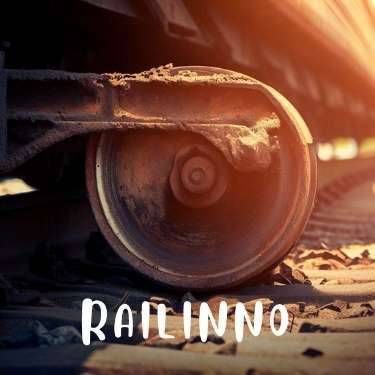
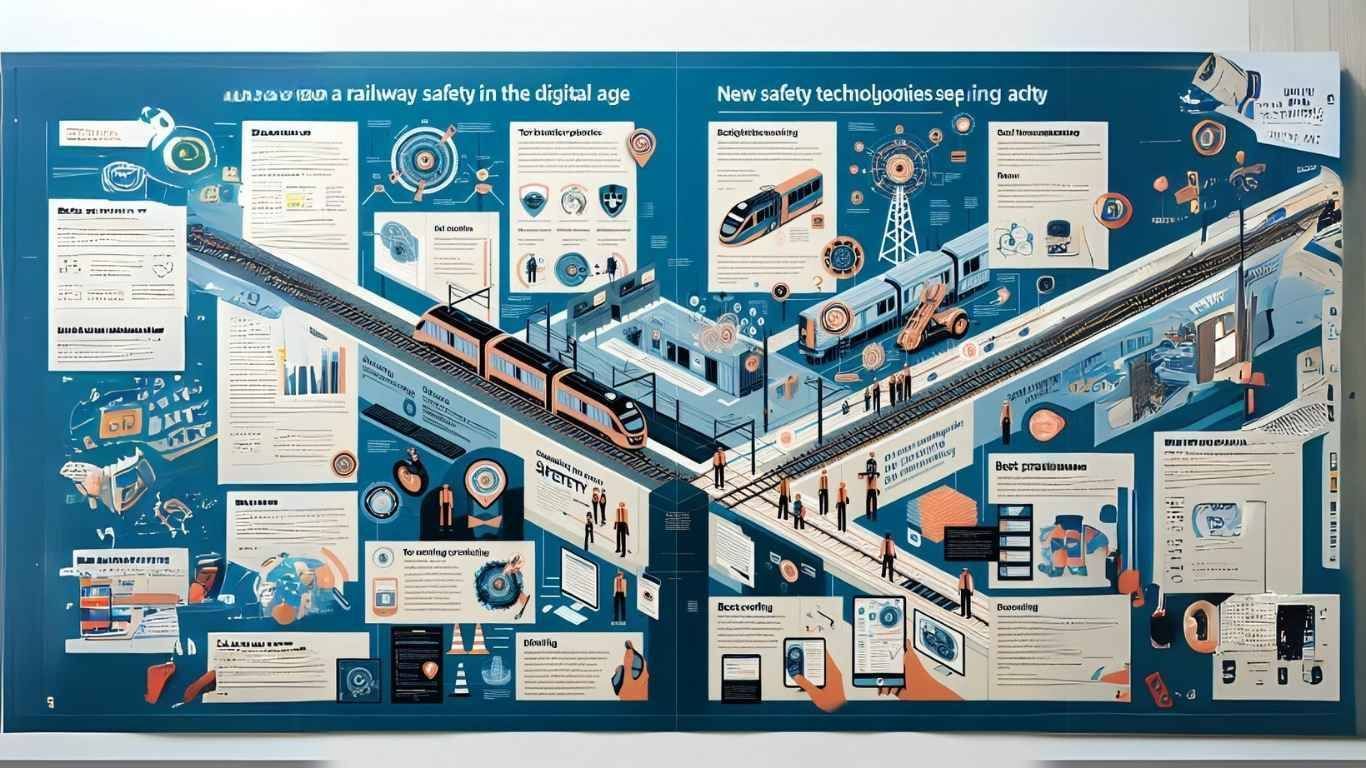
More Articles
Categories








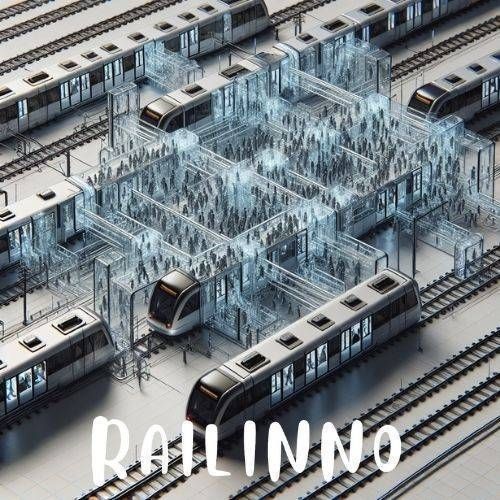



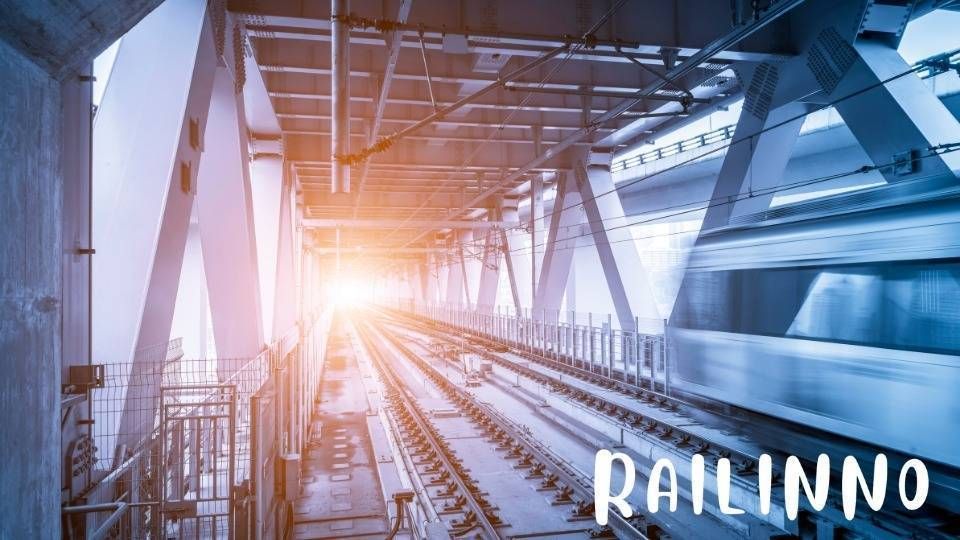
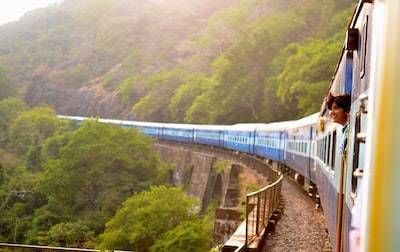
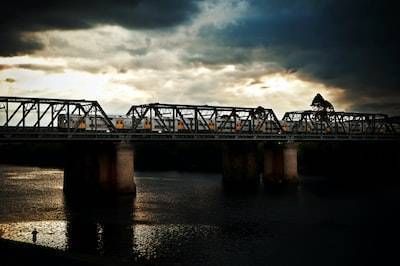
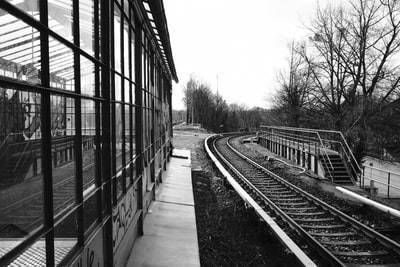
Leave a Reply